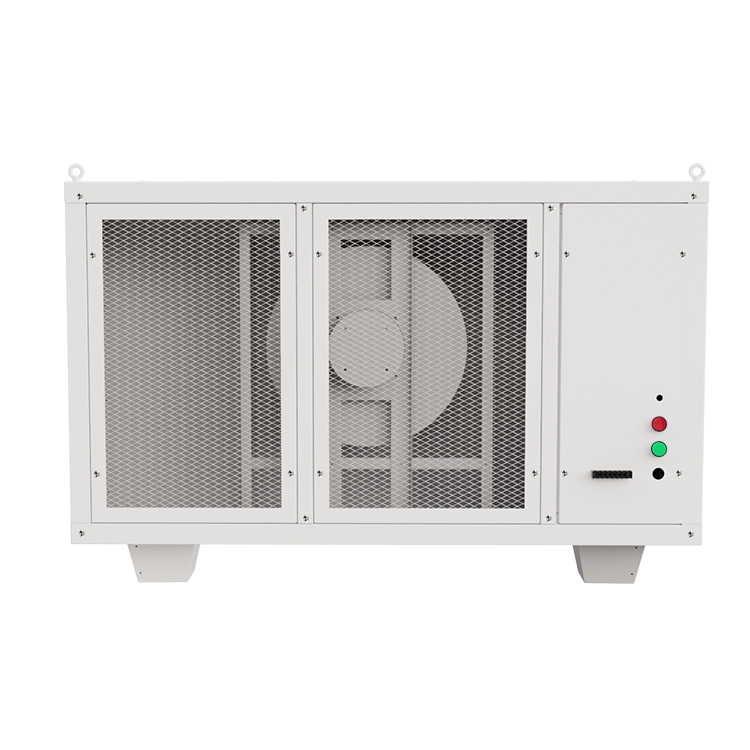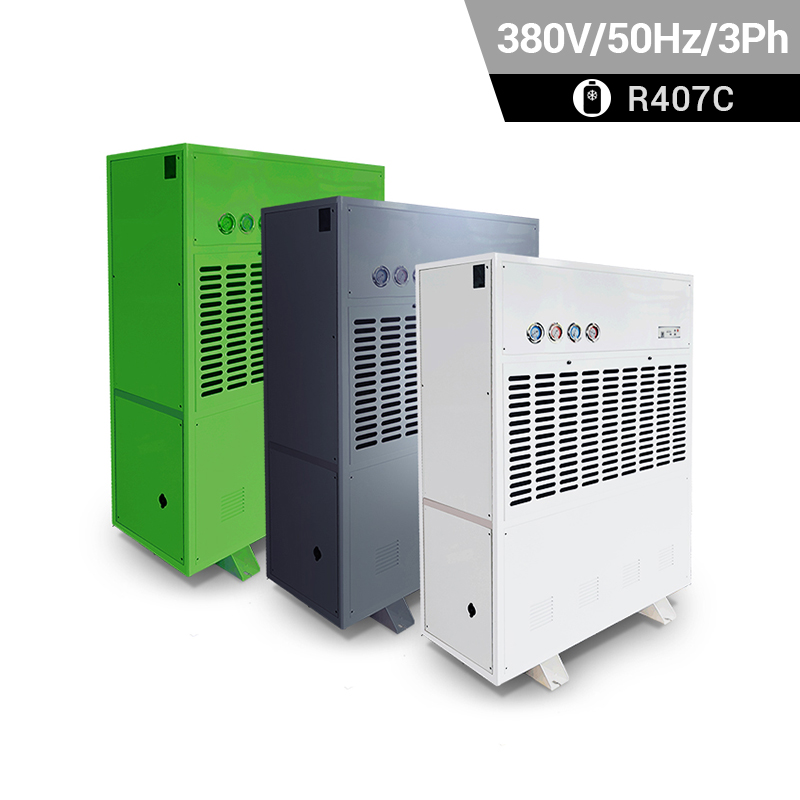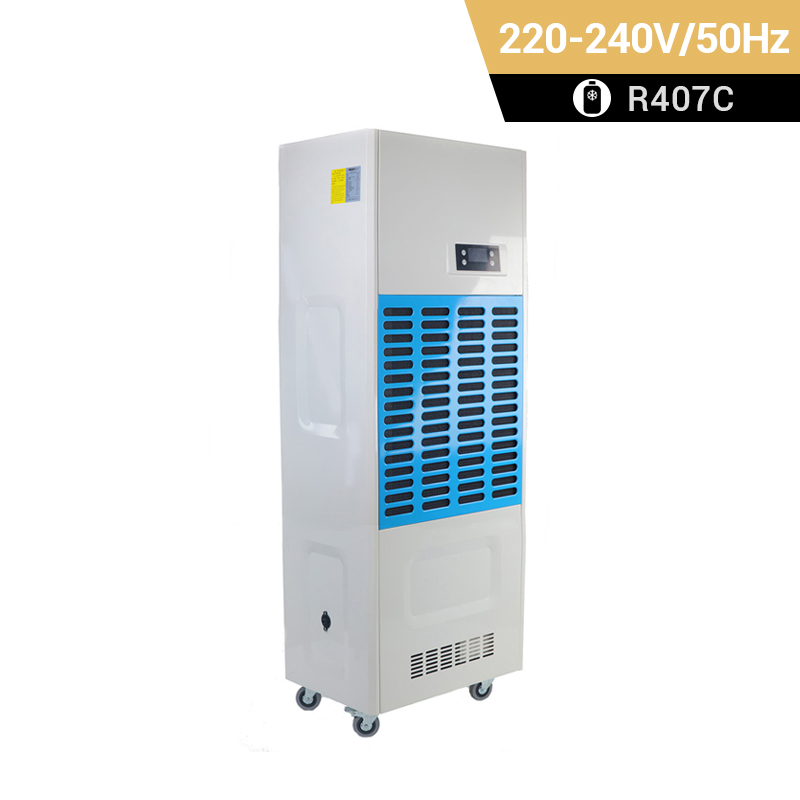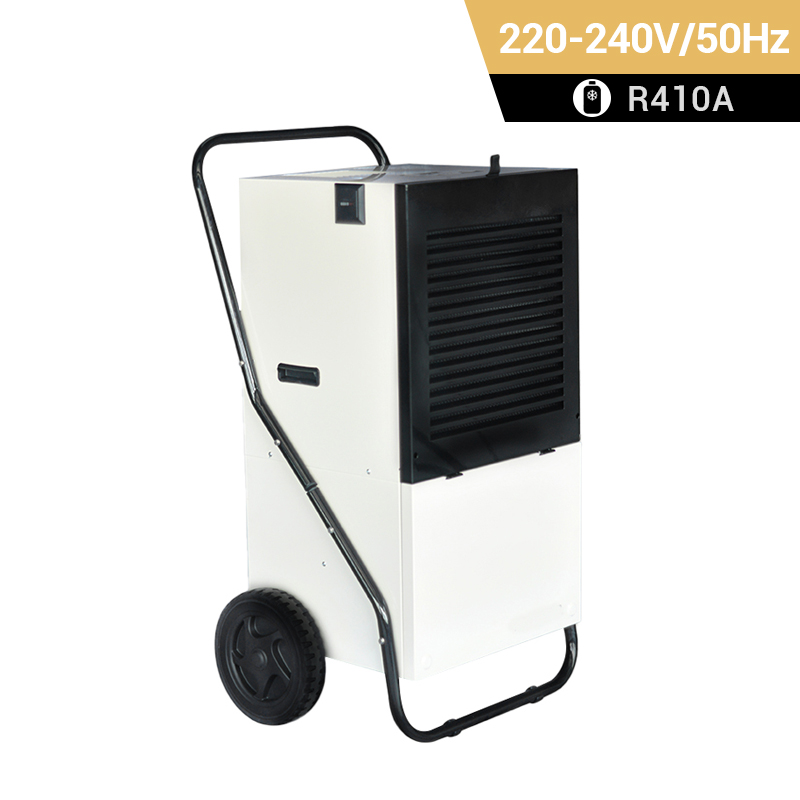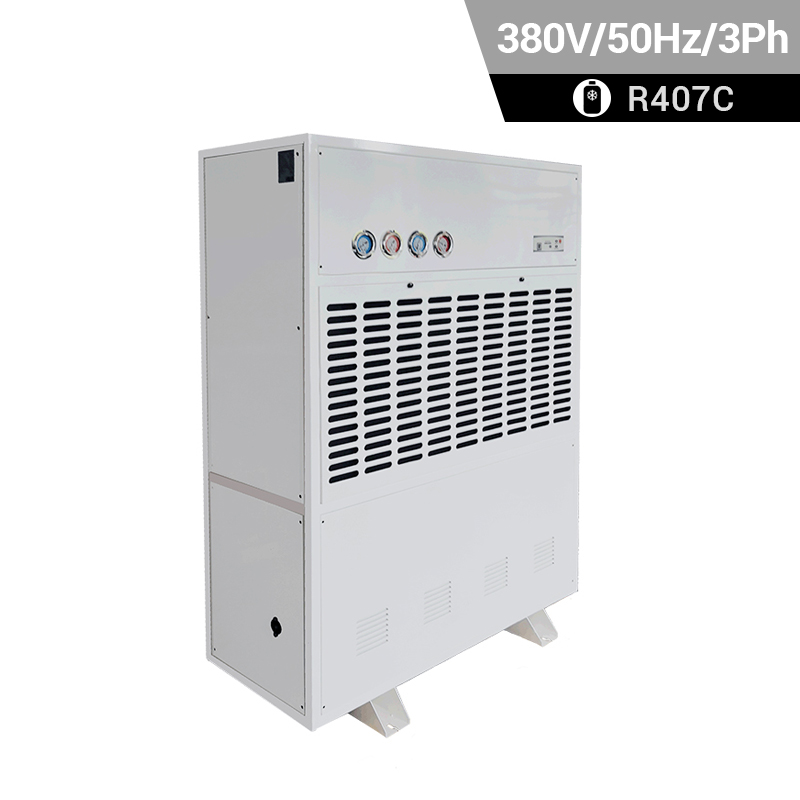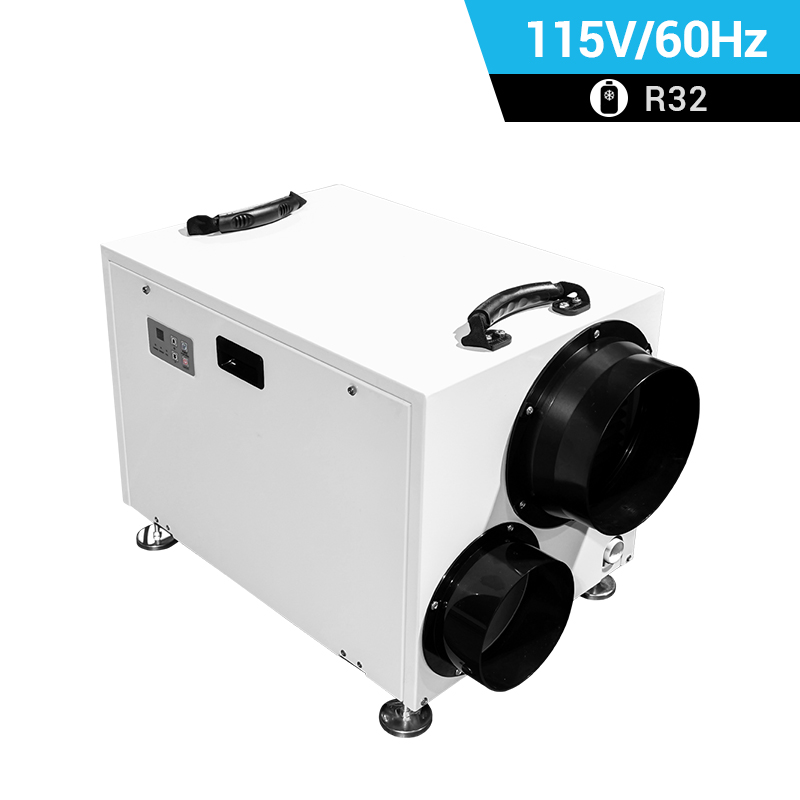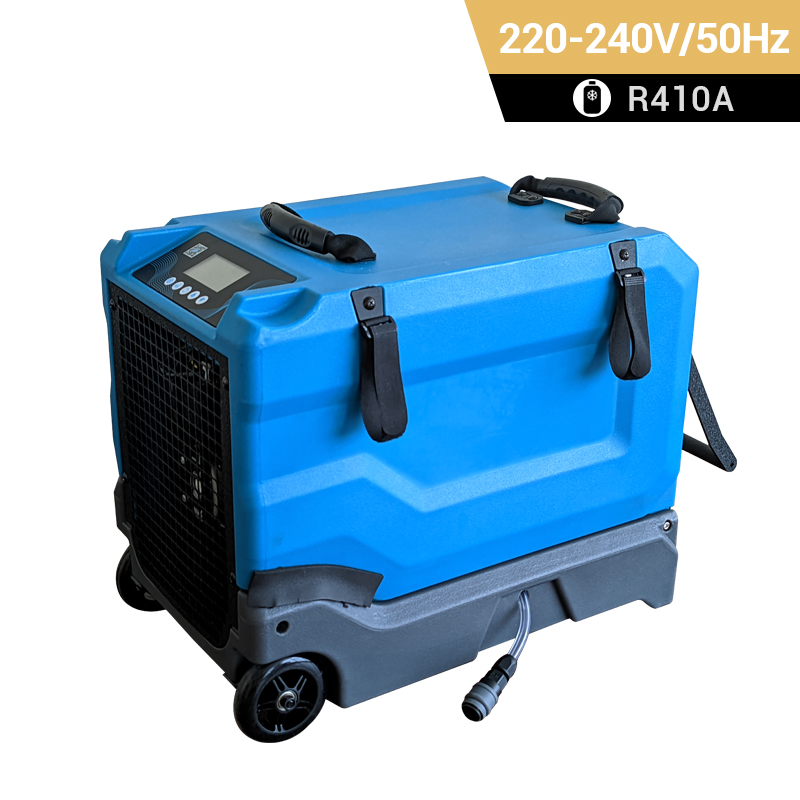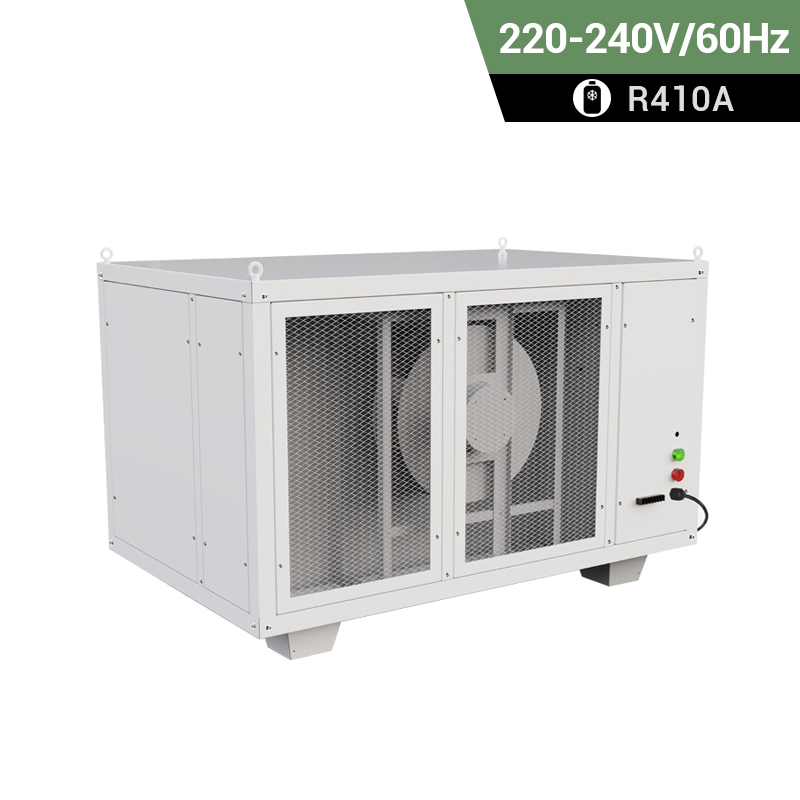 +86-13376814803
+86-13376814803  robert@hzhongtai.com
robert@hzhongtai.com
Industrial Size Dehumidifiers
Sizing an industrial dehumidifier involves determining the specific moisture removal requirements for a given space or process. Proper sizing is crucial to ensure that the dehumidifier can effectively control humidity levels and prevent issues such as mold growth, corrosion, and production inefficiencies. Here are the general steps to size an industrial dehumidifier:
-
Calculate the Required Moisture Removal Capacity:
- Determine the volume (cubic feet or cubic meters) of the space that needs dehumidification. Measure the length, width, and height of the area.
- Consider the moisture load in the space. This may include factors such as product drying, manufacturing processes, or humidity-sensitive materials.
-
Calculate the Desired Relative Humidity (RH):
- Decide on the target relative humidity for the space. The ideal RH depends on the specific requirements of the application. Common industrial target RH levels range from 30% to 60%.
-
Use a Psychrometric Chart:
- Psychrometric charts show the relationship between temperature, humidity, and other air properties. Refer to a psychrometric chart to find the intersection point of the initial conditions (current space conditions) and the desired conditions (target RH).
- Determine the moisture removal capacity required to achieve the desired RH. This value is usually expressed in pounds or kilograms of moisture per hour.
-
Consider Factors Affecting Sizing:
- Take into account other factors that may affect the dehumidifier's performance, such as the space's insulation, air exchange rate, and outdoor air conditions.
-
Select the Appropriate Dehumidifier Model:
- Choose an industrial dehumidifier model that meets or exceeds the calculated moisture removal capacity. Consider factors like the dehumidifier's operating temperature range, construction material, and control features.
-
Consult Manufacturer Guidelines:
- Check the manufacturer's guidelines and technical specifications for the selected dehumidifier model. Dehumidifier Manufacturers often provide sizing charts or software tools to assist in proper sizing.
-
Consider Redundancy and Future Needs:
- Factor in any redundancy requirements or potential changes in the moisture load in the future. It's often a good practice to choose a dehumidifier with some extra capacity to account for unexpected variations.
Related Products




